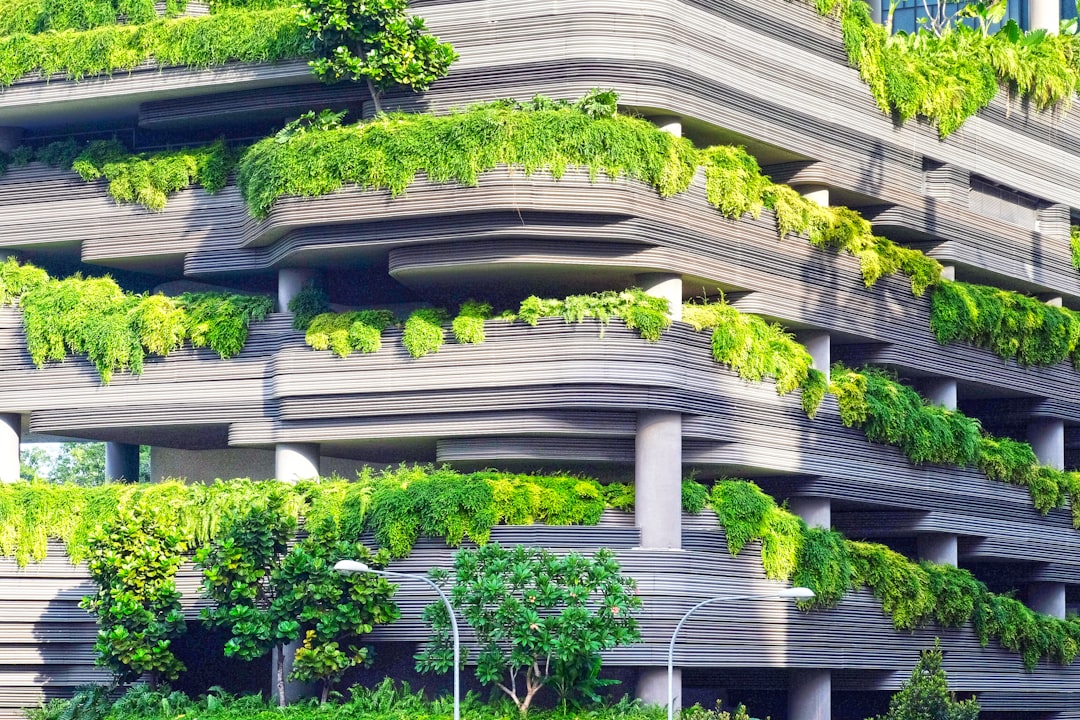What is it about?
Officials must consider several factors when planning modern cities. These range from convenience and safety to public transport and energy consumption. To account for all these factors, officials use city models when planning and making administrative decisions. These digital 3D models of the city are called digital twin cities. City monitoring systems are often used to collect real-time data for these models, but current data collection systems have a few limitations. For example, they do not capture environment-related risk factors, and this limits mitigation plans in the event of natural disasters. Geospatial data can help predict damage from adverse natural events; moreover, this data can be crowd-sourced from people living in the city so that officials can document the state of built environments at a low cost. The 3D model will offer an interactive virtual environment, which will help locate areas vulnerable to natural disasters in the city.
Featured Image

Photo by Ryo Yoshitake on Unsplash
Why is it important?
This framework can help decision-makers better understand city conditions. It will help them plan for extreme weather events. Such models will also further assist data-driven disaster management. Simulation studies using these models can help identify vulnerable areas. This will aid in city planning and decision-making. KEY TAKEAWAY: Crowd-sourcing visual data helps build effective twin city models. The models can help city decision-makers understand the cities’ current states. This will support management of potential risks in urban areas. This research relates to the following Sustainable Development Goals: • SDG 11: Sustainable Cities and Communities • SDG 9: Industry, Innovation, and Infrastructure • SDG 13: Climate Action • SDG 16: Peace, Justice, and Strong Institutions • SDG 17: Partnerships for the Goals
Read the Original
This page is a summary of: Participatory Sensing and Digital Twin City: Updating Virtual City Models for Enhanced Risk-Informed Decision-Making, Journal of Management in Engineering, May 2020, American Society of Civil Engineers (ASCE),
DOI: 10.1061/(asce)me.1943-5479.0000748.
You can read the full text:
Resources
SDG Showcase: Goal 11 – Sustainable Cities and Communities
More plain language summaries of research relevant to Sustainable Development Goal 11: Sustainable Cities and Communities – brought to you by the SDG Knowledge Cooperative
SDG Showcase: Goal 9 – Industry, Innovation and Infrastructure
More plain language summaries of research relevant to Sustainable Development Goal 9: Industry, Innovation and Infrastructure – brought to you by the SDG Knowledge Cooperative
SDG Showcase: Goal 13 – Climate Action
More plain language summaries of research relevant to Sustainable Development Goal 13: Climate Action – brought to you by the SDG Knowledge Cooperative
SDG Showcase: Goal 16 – Peace, Justice and Strong Institutions
More plain language summaries of research relevant to Sustainable Development Goal 16: Peace, Justice and Strong Institutions – brought to you by the SDG Knowledge Cooperative
SDG Showcase: Goal 17 – Partnerships for the Goals
More plain language summaries of research relevant to Sustainable Development Goal 17: Partnerships for the Goal – brought to you by the SDG Knowledge Cooperative
ASCE's SDG Showcase
Explore a selection of ASCE research relating to sustainable development goals, explained in plain language by professional science writers.
SDG Knowledge Cooperative
More plain language summaries of research relevant to all the Sustainable Development Goals.
Contributors
The following have contributed to this page










